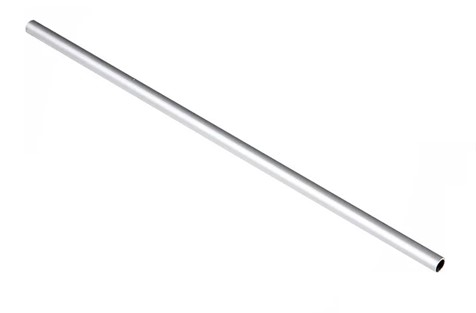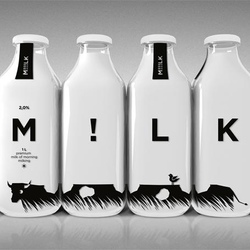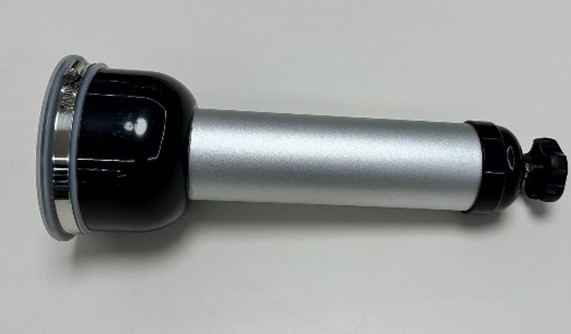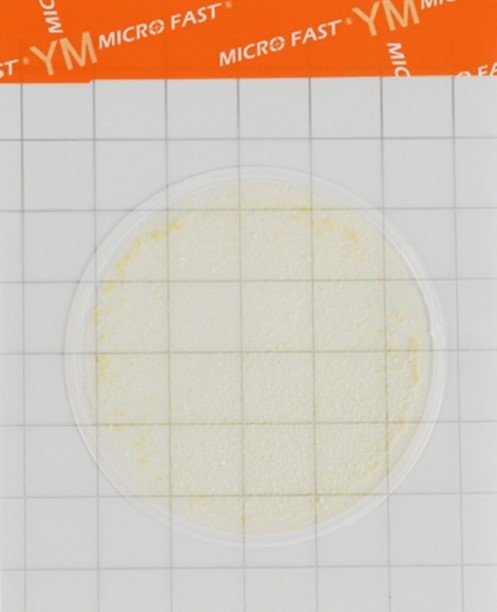RAS experts assessed the growth potential of the Russian economy until 2035
The growth potential of the Russian economy until 2035 will be limited to 1%, since the factors that contributed to the high growth rates earlier have already been exhausted. Vedomosti writes about this with reference to an article by experts from the Institute for National Economic Forecasting (INP) of the Russian Academy of Sciences “Russia's Economic Development Strategy 2035: Ways to Overcome Long-Term Stagnation”.
According to the authors of the article, in the long term - for the next 10-15 years - the growth rate of the Russian economy can be fixed at an extremely low level - about 1% per year. At the same time, the influence of geopolitical factors only accelerated the onset of a period of low growth rates, but is not the main reason for the slowdown in economic dynamics in the medium and long term, experts say.
For the past ten years, economic growth has actually been determined by the rate of increase in exports, according to the Russian Academy of Sciences: the average annual GDP growth was about 1%, with supplies growing by 2.5% annually. During the period 1999–2008, high growth rates were based on high growth in investment, driven by rapidly growing EXPORT earnings, which helped fill demand in the face of a strengthening ruble. After overcoming the crisis of 2008, the Russian economy reached lower growth rates, which was associated with the stagnation of foreign economic income and the exhaustion of opportunities to stimulate demand due to the weakening of the ruble.
RAS experts believe that the average annual GDP growth will be 0.5% until 2025, 0.8% in 2026-2030, and 1% in 2031-2035. The scenario assumes that the price of Urals is about $70 per barrel on the horizon until 2030, and by 2035 it will rise to $76 per barrel, the ruble exchange rate is about 70 rubles. per DOLLAR until 2025 and 73 rubles. per dollar for the next ten years. Oil production will remain at the level of about 500 million tons per year, gas - 700 billion cubic meters. m over the entire forecast horizon.
At the same time, the possibilities of fiscal, monetary and exchange rate policies to accelerate economic growth are limited both in terms of the scale of the impact and in duration, the study says. As an example, the authors developed three potential incentive scenarios.
The first involves an increase in budget expenditures by an additional 1 trillion rubles. to the base version. Growth of expenses of the treasury by 1 rub. leads to an increase in GDP at current prices by 0.75 kopecks, i.e. in the current structure, this tool is ineffective for stimulating economic growth, the study says. In this case, GDP growth will be higher by a few tenths of a percentage point. The second scenario assumes the depreciation of the ruble against the dollar by 10 rubles. relative to baseline. According to experts' forecasts, this generates additional budget revenues in the amount of 2 trillion rubles, and inflation will accelerate by 2 percentage points. at the time of the devaluation shock. The result is an increase in economic growth rates while reducing household consumption due to rising prices and, as a result, a decrease in living standards. In addition, the positive effect is quickly exhausted, and a new devaluation will be required to stimulate growth, experts write. The third option involves easing monetary policy and setting the key rate at 3%. According to experts, such a measure does not lead to a significant acceleration in growth (zero dynamics in 2023, plus 0.9% in 2024, plus 1.4% in 2025).In order to reverse the trend of low economic growth over the next 15 years, it is necessary to look for development potential based on the domestic market, experts of the Russian Academy of Sciences believe.
Read PIONERPRODUKT .by MILK, oil, cinnamon: do coffee supplements make it healthier Which companies and industries can grow dramatically due to neural networks How to avoid unnecessary expenses and save time at the doctor’s appointment “You invented it yourself”: why parents confuse illness with psychosomaticsIn the latest September forecast, the Ministry of Economic Development predicted a decline in the Russian economy by 0.8% in 2023. The same forecast provided for a decline in GDP last year by 2.9%, but it is likely to be less, officials estimated. According to President Vladimir Putin, the decline in 2022 was 2.5%. The HEAD of state clarified that this was also a decline, but “not the 20% collapse that many Western” and some Russian experts predicted.
According to the International Monetary Fund, which he presented at the end of January, in 2022 the Russian economy shrank by 2.2%, and in 2023 GDP should grow by 0.3%. The IMF forecast also turned out to be more optimistic than the previous one, which assumed a contraction of the Russian economy by 2.3%. For 2024, the IMF predicts Russian GDP growth by 2.1% (an improvement of 0.6 percentage points compared to the previous forecast in October). The change in the forecast was based, in particular, on the reorientation of export flows to friendly countries.
The World Bank this week also improved the forecast for a 16-fold decline in Russia's GDP: if earlier the bank predicted that the fall in GDP would be 3.3%, now it is only 0.2%. Despite this, the WB still believes that sanctions have a serious negative impact on the country's economy . "The medium-term growth prospects for the Russian economy are subdued, as the country's access to productivity-boosting resources and technologies is limited," the report said. According to the World Bank, due to new restrictions imposed on the Russian oil and gas sector, oil production in the country in 2023 will be reduced by 7%.
At the same time, according to the chief economist of the US State Department , Emily Blanchard, the Russian economy is expected to decline by at least 20% by the 2030s. “Long-term forecasts for the Russian economy <...> remain incredibly resilient, stable and gloomy,” she argued. Economists at BLOOMBERG Economics predicted that Russia's GDP would fall by 3.5% in 2022 and 2% in the future. Growth is expected in the third quarter of 2023.




























































